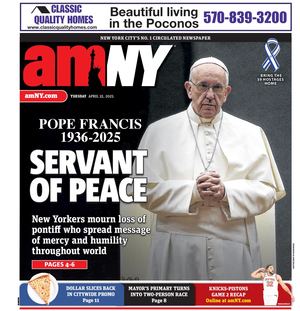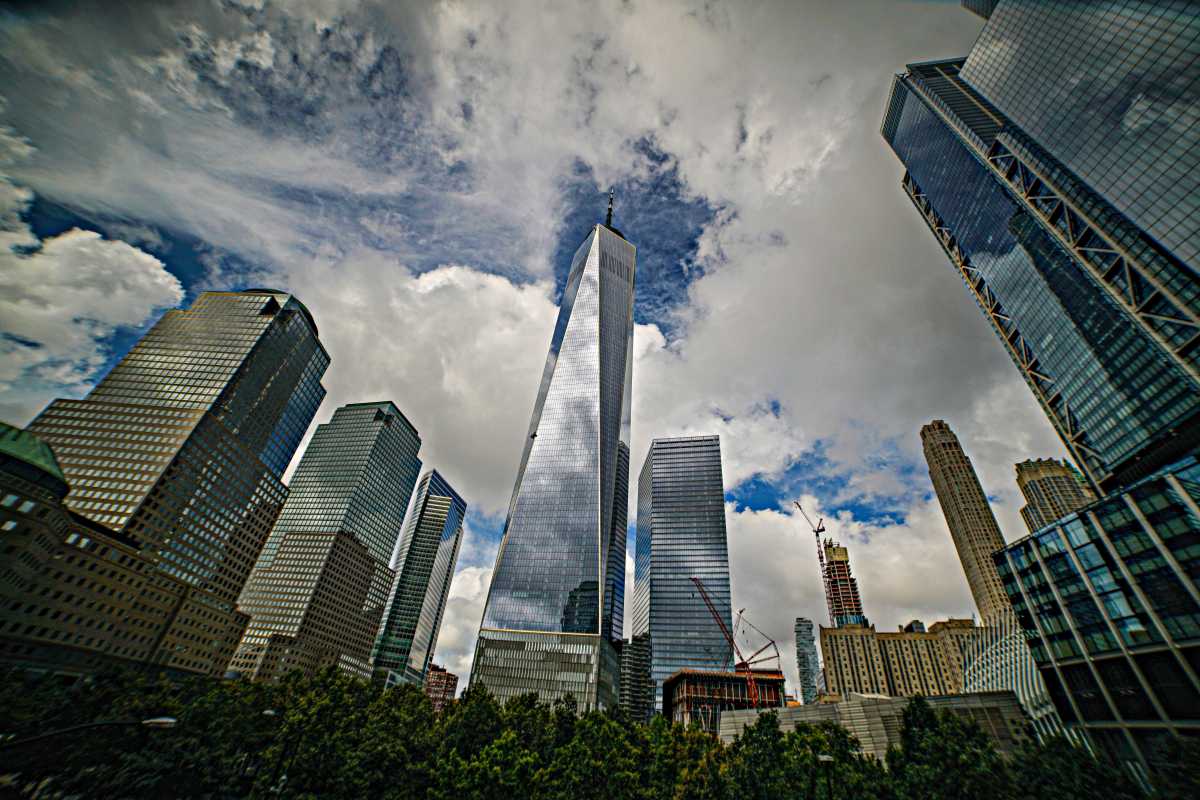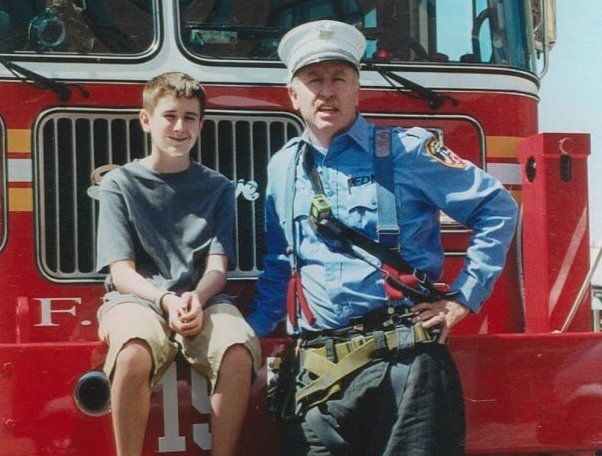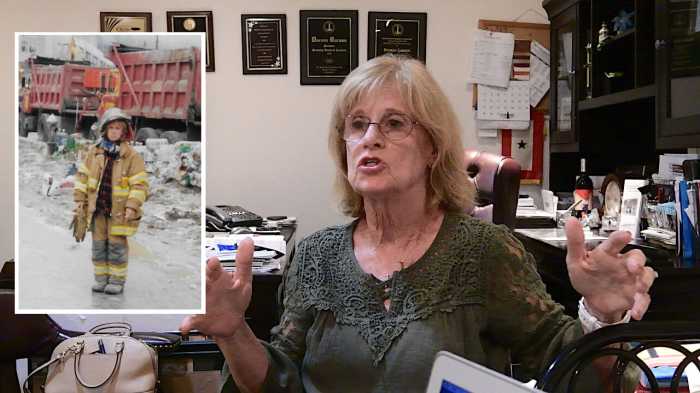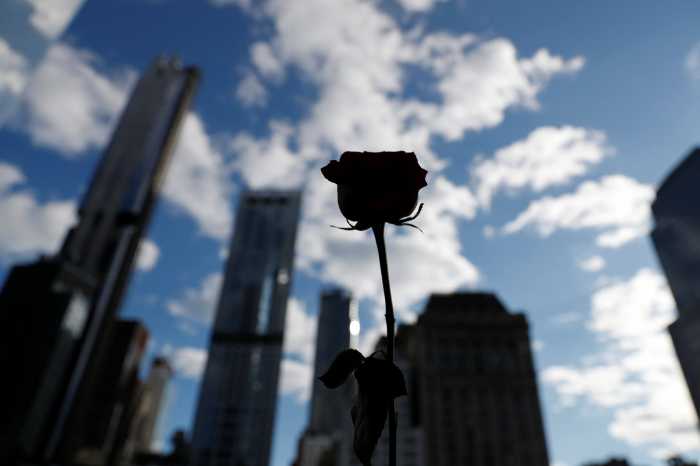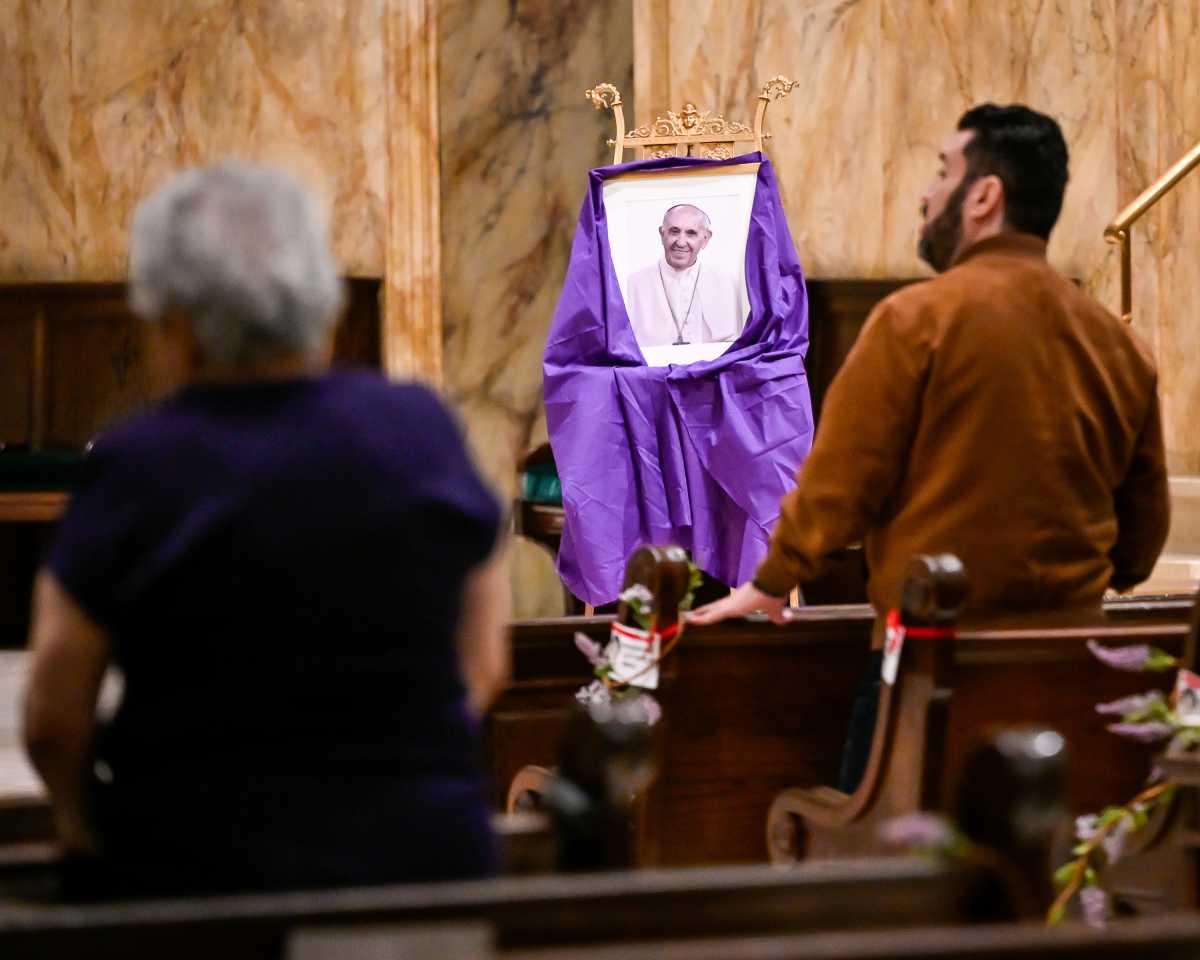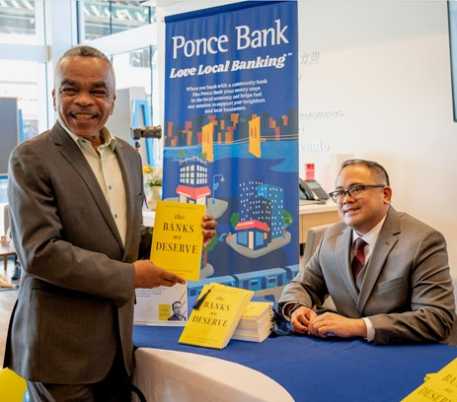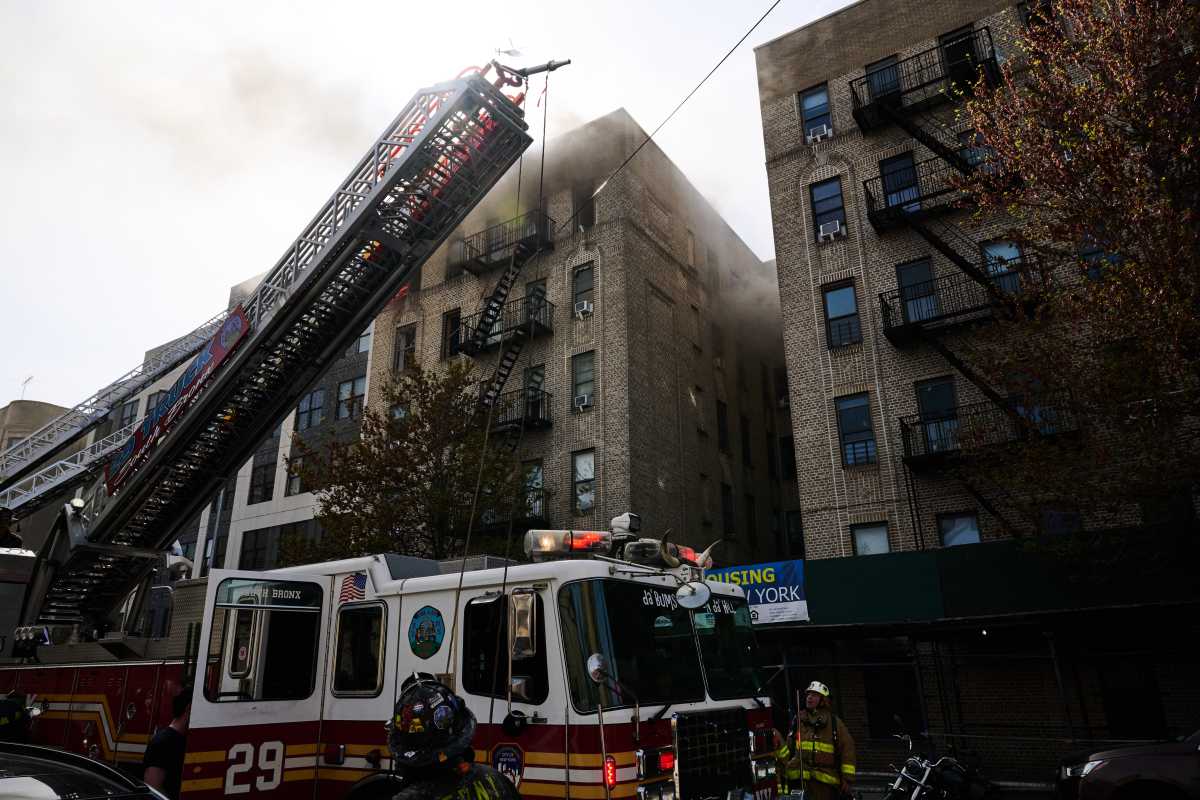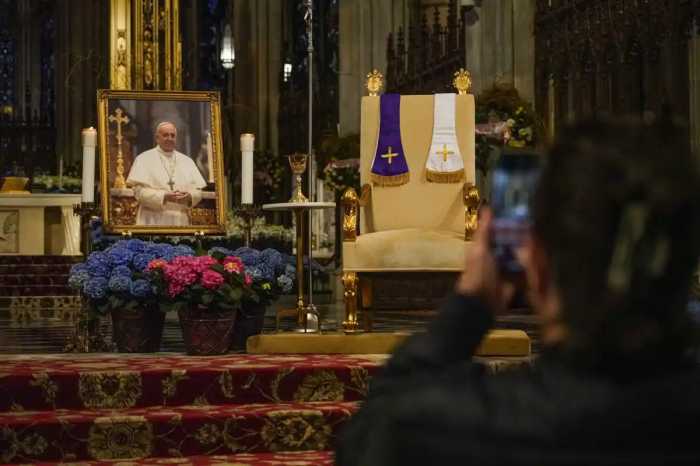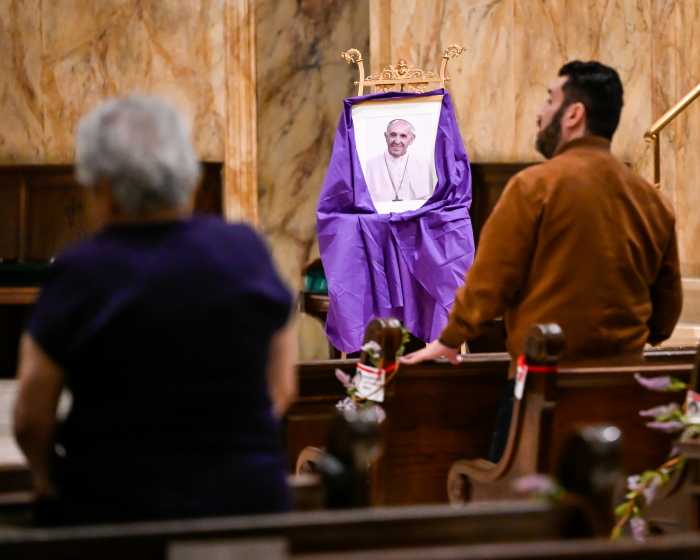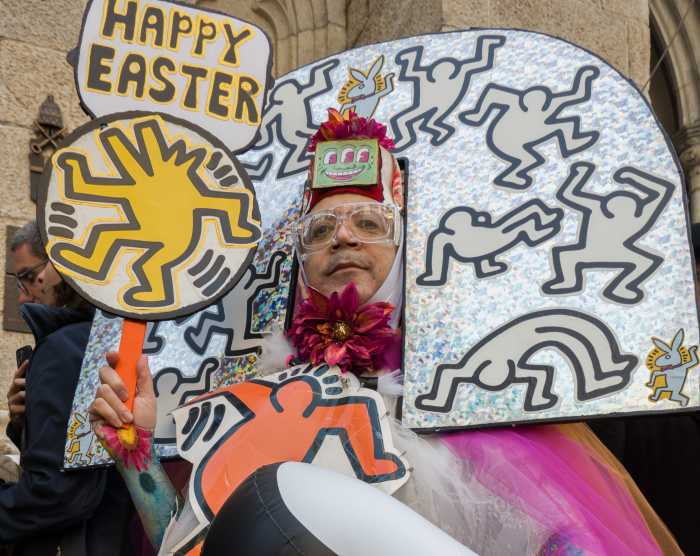
Two decades into the reconstruction of the World Trade Center, Larry Silverstein, the developer behind the Lower Manhattan megaproject, still marvels at the transformation of the site that rose from the ashes of the Sept. 11, 2001 terrorist attacks.
“We’ve come a very long way since those days and it’s been an extraordinary time. It’s taken New York through some of its most difficult and, interestingly, best times,” the 90-year-old tycoon at the helm of Silverstein Properties told amNewYork Metro in an interview. “If you look at what has transpired since then, what exists today, you’ve got a different world here.”
Just six weeks before 9/11, Silverstein signed a 99-year lease on the World Trade Center complex for $3.2 billion from the Port Authority of New York and New Jersey, which owns the land.
The Lower Manhattan properties were supposed to be the crown jewel for Silverstein’s lifetime in real estate, but those plans were wiped out on that horrendous day that killed almost 3,000 people.
“I was horrified to see it, and I will tell you that living through those days was excruciatingly difficult,” said Silverstein.
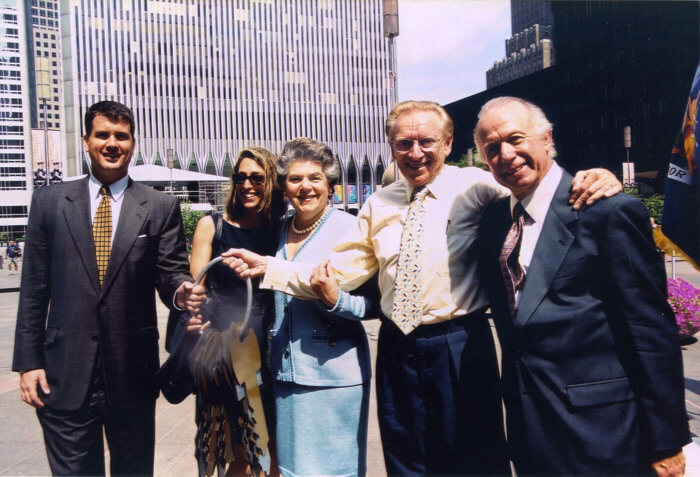
In the aftermath, officials debated about whether to rebuild the business complex at all, but Silverstein was resolute that the downtown area had to come back.
“That’s something I felt we must do if we were ever going to live again in a vibrant Lower Manhattan — I felt the buildings had to go back in some form,” he said.
Rebuilding
Under the 2003 master plan by architect Daniel Libeskind, the proposal called for a row of five towers descending in height from 1 World Trade Center (originally dubbed the Freedom Tower), which rises to a symbolic height of 1,776 feet, making it the tallest building in the Western Hemisphere.
Half of the site is devoted to the 9/11 Memorial and Museum, which consists of two roughly 1-acre cascading pools set in the original footprints of the Twin Towers, lined with bronze inscriptions of every person who died in the terror attacks of 9/11 and the 1993 World Trade Center bombing.
The underground museum offers visitors a close look at both attacks, including a rich repository of photos, building remnants, and other artifacts.
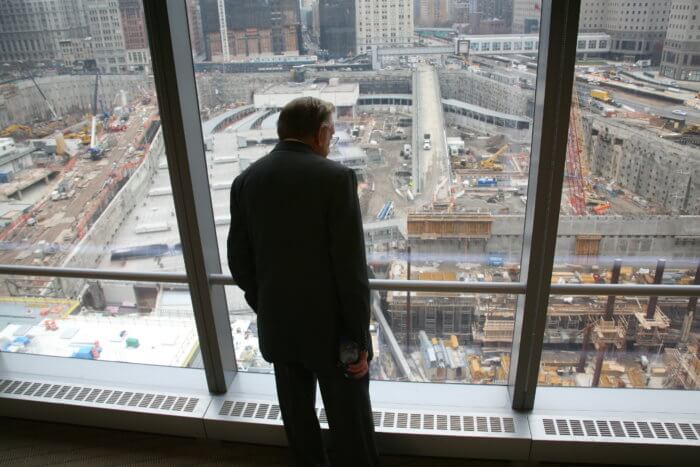
A newly-constructed transportation and shopping hub dubbed the Oculus, with its airy, skeletal design by Santiago Calatrava, connects to the Cortlandt Street subway station, which was destroyed when the towers collapsed, and New Jersey’s PATH trains.
The redevelopment of the 16-acre site known as Ground Zero has proved a massive undertaking for developers, the Port Authority, and the state’s Lower Manhattan Development Corporation, with more than $25 billion of public and private funds flowing into the project that has so far spanned five governors and three mayors.
A performing arts center is under construction and two more buildings are coming down the pike, including the site’s first residential tower 5 World Trade Center as well as the final office tower at 2 World Trade Center, and Silverstein is eager to complete the campus within his lifetime.
“I want to get this done, because if I can’t get it done in a pretty short period of time my question is, will I get to really fully appreciate it,” he said. “That’s one of the things I’m really looking forward to accomplishing, getting it done while I can fully take part in seeing it come to fruition. I’m looking forward to that, very important to me.”
A changing Lower Manhattan
The area around the World Trade Center has evolved too, as more and more New Yorkers moved to Lower Manhattan, reshaping the island’s southernmost neighborhood from a mostly nine-to-five business district into a thriving mixed-use community with a sizable residential population.
“People were on the trains out of town at 4:45 p.m.,” remembered Jessica Lappin, president of the Alliance for Downtown New York, the area’s business-boosting organization. “[Now], whether it’s people walking their dogs, going for runs or going for a late night coffee, that has changed the fabric and makeup of the neighborhood.”
The residential population has nearly doubled from about 33,000 in 2001 to some 64,000 in 2020 and has skewed younger too during that time, according to Basha Gerhards, the senior Vice President of planning at the Real Estate Board of New York, a real estate lobbying group.
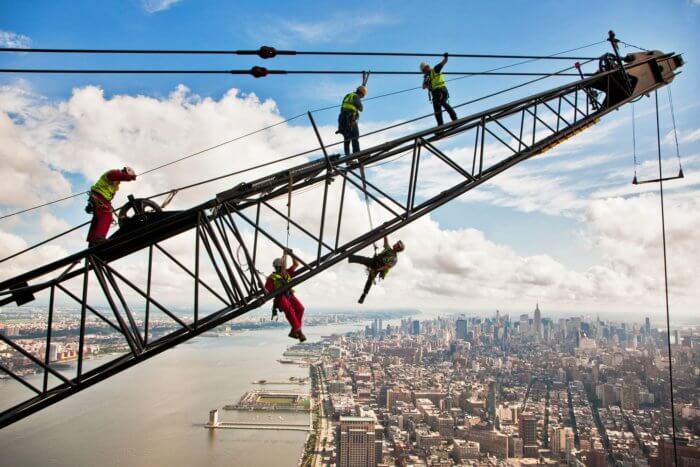
Part of the changing population was due to the 421-g tax incentive, also known as Lower Manhattan Conversion Program, which encouraged landlords to repurpose commercial buildings into apartments.
The number of residential buildings rose from 188 in 2001 (pre-9/11) to 341 by mid-2021 and residential units likewise grew from 14,588 to 33,714 during that time, according to data from the Alliance and the real estate investment firm CBRE Group.
“This was thousands of thousands of square feet,” said Gerhards. “It’s not happening on this building-by-building basis, this is something that was happening throughout the neighborhood.”
Tourism surged too as the the number of hotels has grown from six to 37 and the annual number of tourists has almost doubled from 7.2 million per year to 14 million, according to the figures.
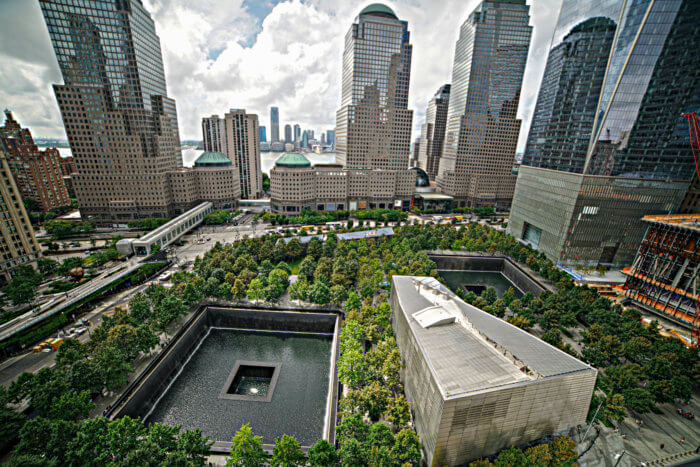
Activity begets more activity and with the influx of newcomers came coffee shops, retail, and other small businesses catering to them, and the change can serve as a model for other downtowns, according to the real estate expert.
“We truly believe post-9/11 will be a case study for smart longterm planning and a way to create a more dynamic, vibrant, economically resilient business district,” Gerhards said.
Pandemic protection
The mix of uses has also helped the area better weather the COVID-19 exodus of office workers, according to Lappin.
“In June or July of last year it was pretty quiet downtown,” she said. “Thank goodness we had some residential population to keep our restaurants and businesses open.”
She believes that commercial cores will bounce back, marking another turbulent chapter in the 400-year-old neighborhood at the southern tip of Manhattan.
“In the short term I do hope that some of the vibrancy that comes from people mingling returns. I want that for us, I want that for New York City in general,” she said. “The reason people live in cities is that serendipity of being able to bump into people at coffee shops or the subway.”
Silverstein, recalling those who doubted Manhattan’s comeback from 9/11, also voiced optimism, for Lower Manhattan’s future.
“People told me that once they left, no one would ever come back here, and I listened to those naysayers and I listened to that negativism and I said to myself, ‘Don’t listen,'” he said. “Yes, the problems established as a result of the pandemic we’re having to deal with and easy it’s not as we see. But by golly, I do believe that once medicine and science has licked the worst of it, that people will begin to want to resume their lives as they’ve known it.”
